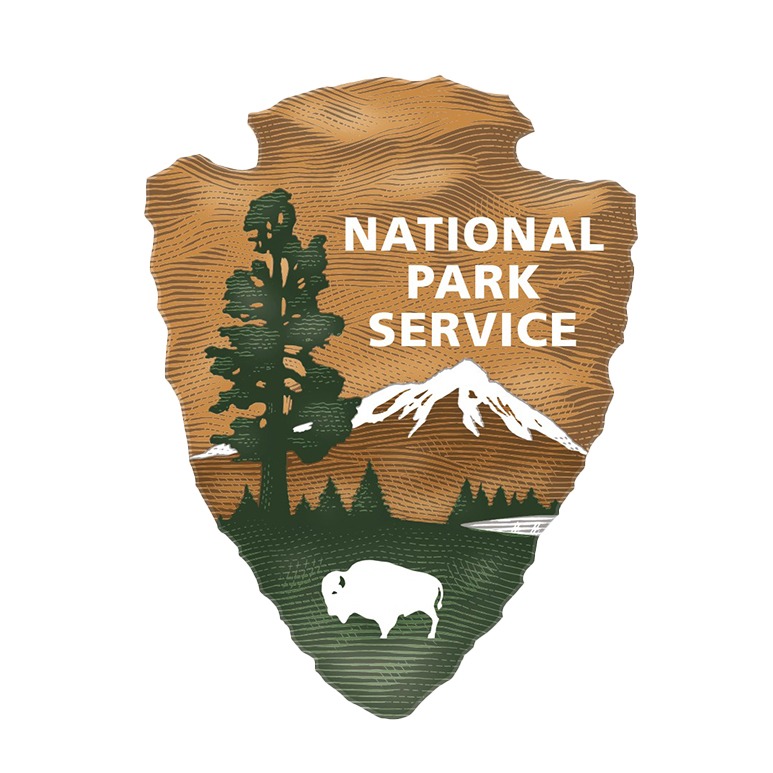*This is a 2022 archived project, view this year’s projects here.
Project overview: Study Yosemite’s migratory and resident birds through a long-standing MAPS (Monitoring Avian Productivity and Survivorship) program, train young biologists, and engage visitors in wildlife conservation.
How your support helps: According to a study released in 2019, nearly 3 billion birds have vanished from the U.S. and Canada since 1970, with astounding losses among common species, such as warblers, finches, and sparrows.
In light of this staggering statistic, the opportunity to study and protect birds — and to encourage more people to appreciate and advocate for avian life — takes on intense urgency. Birds play vital roles in diverse ecosystems, and their health reflects the health of the broader environment. Studying trends in bird populations can help scientists understand what’s happening to birds now, as well as how birds might be affected by and protected from future challenges driven by climate change, habitat loss, and other factors.
Yosemite’s venerated bird-research program — one of the longest-running MAPS efforts in North America — marks its 32nd year in 2022. Through the park’s MAPS program, which Conservancy donors have supported since 2008, experienced biologists work with early-career scientists and interns to collect data on birds at Gin Flat, Crane Flat, Hodgdon Meadow, White Wolf, Big Meadow, and Ackerson Meadow.
The research team carefully captures, observes, tags, and releases thousands of individual birds each season. Since launching in 1990, the Yosemite MAPS program has trained dozens of young field biologists; welcomed visiting researchers from other countries; and engaged hundreds of park employees, visitors, and students in avian education and citizen science. Park-based MAPS research has resulted in important contributions to ornithology, including a number of peer-reviewed publications on topics such as avian longevity, migration, and responses to climate change.
This year: In 2022, in addition to studying thousands of individual birds, the Yosemite MAPS team will continue to examine how climate change is affecting birds’ breeding. Initial data shows some birds benefit from hotter and drier conditions, but additional warming, extensive drought and extreme weather could have negative impacts. Researchers will also use MAPS data to inform habitat restoration in Ackerson Meadow. If pandemic precautions allow, they’ll also conduct educational programs, including hands-on bird-banding demonstrations.
Project partners: Yosemite National Park and The Institute for Bird Populations

